Participants: Volodin I.A., Volodina E.V., Sibiryakova O.V., Golosova O.S.
Funded Russian Foundation for Basic Research (RFBR, grant 15-04-06241) and Russian Science Foundation (RSF, grant 14-14-00237).
Contemporary distribution area of red deer (Cervus elaphus) envelops all the Holarctic. From Western Europe to North America, the species red deer diverges to numerous subspecies that differ from each other not only by their size and morphology, but also by the acoustic structure of male rutting calls. Males of European subspecies produce the low-frequency rutting roars, whereas males of Asian and North American subspecies produce very high-frequency bugles, and in rutting calls of Middle Asian subspecies, there are both the low- and the high-frequencies (Sound Gallery). Such great acoustic variation of rutting calls might be considered as natural experiment on evolution of communicative behaviour. The high subspecies-specific variation of rutting calls in red deer is known for the long time, however remains unclear, which evolutionary factors are responsible for this variation and which morphological and acoustical mechanisms underlie the acoustic structure of their vocalizations. Only scarce data are available on the ontogeny of rutting calls in red deer. A comparison of acoustic structures of rutting calls among subspecies will enable us to elucidate the evolutionary factors that are responsible for the acoustic diversity of rutting calls in red deer.
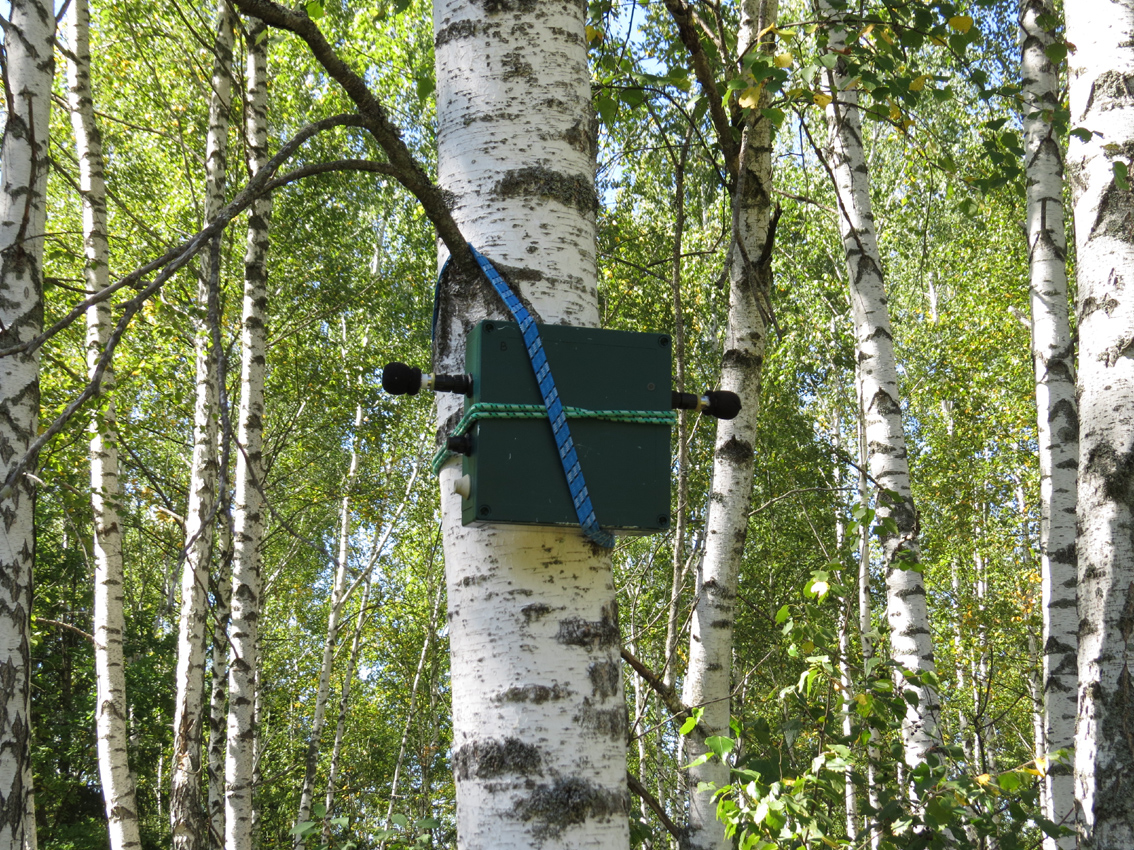
1. The device for automated acoustic recordings SongMeter
In red deer, the rut period starts at end-August and lasts to the beginning of November. How to record calls in a few places simultaneously? This is possible with devices for automated acoustic recordings SongMeter SM2+ (Wildlife Acoustics), which can work by a pre-determined time schedule in absence of researchers.
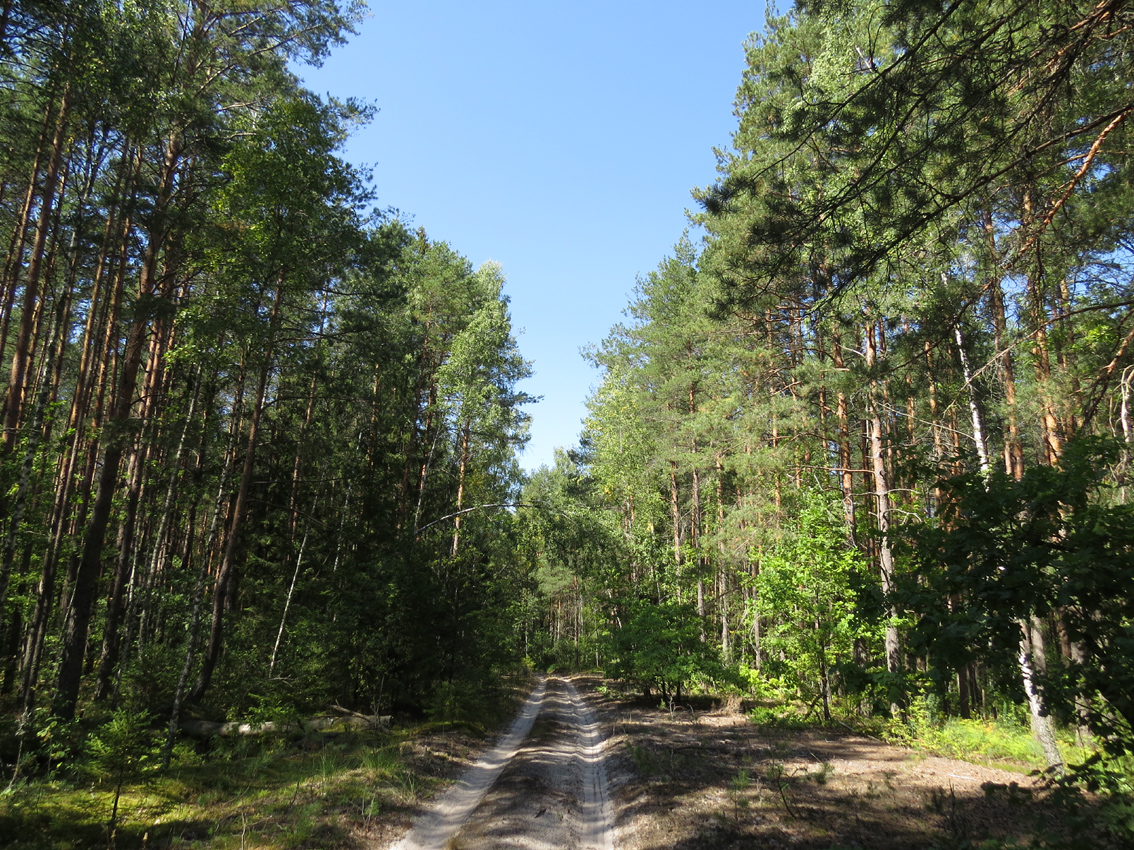
2. The "Bryansk Forest" Natural Reserve
First place we go is the "Bryansk Forest" Natural Reserve, because on the south of Russia, the rut period starts already at the end of August. The indigenous deer population of the Bryansk Region was annihilated in the 18th century. The contemporary deer are descend from 164 animals released to the surrounding forest at the second half of the 20th century. These deer mostly originate from the Voronezh Reserve (Voronezh Region, Russia).
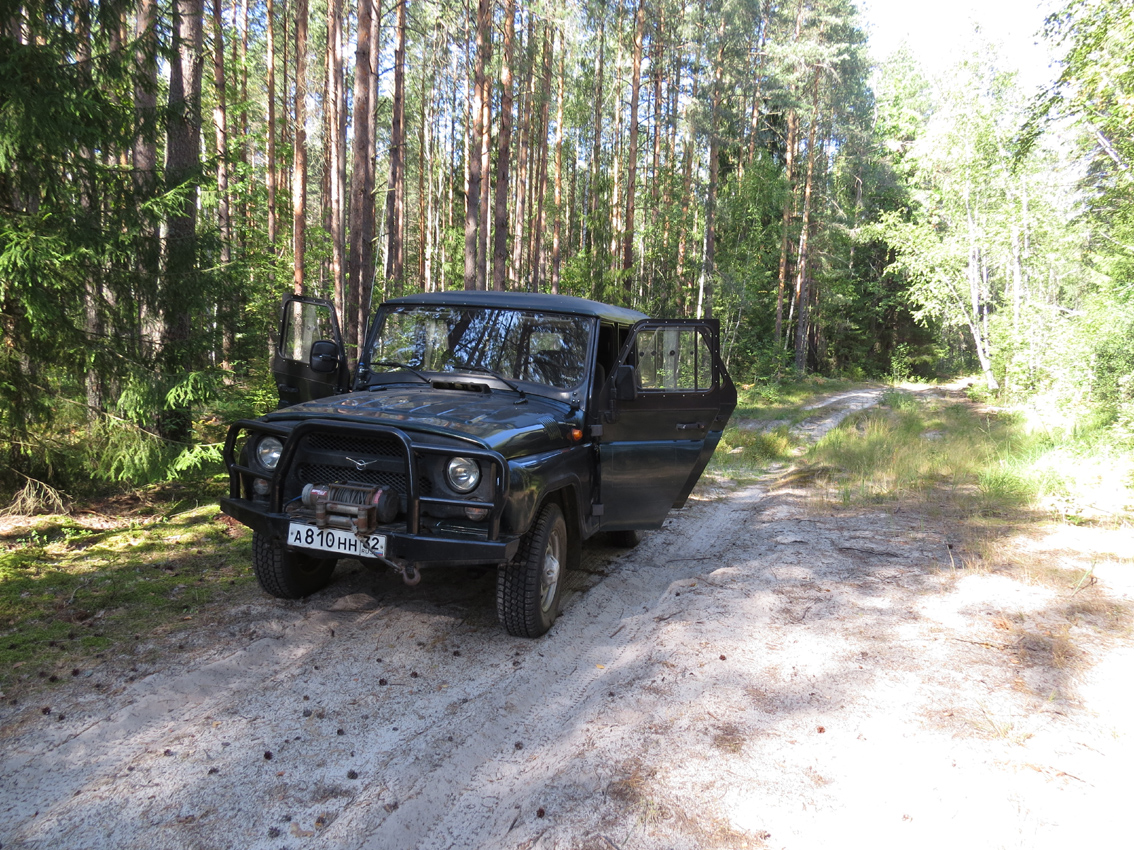
3. The car UAZ it the main transport brand in the "Bryansk Forest" Natural Reserve
Descendents of red deer from the Voronezh Reserve are of peculiar interest. Ancestors of these deer were translocated in 19th century from Germany; so they are related to European subspecies of red deer although differ genetically from either of two most widespread European mitochondrial DNA lineages (mtDNA haplogroups “A” and “B”). Vocal behaviour of these “Voronezh” red deer was not studied so far.
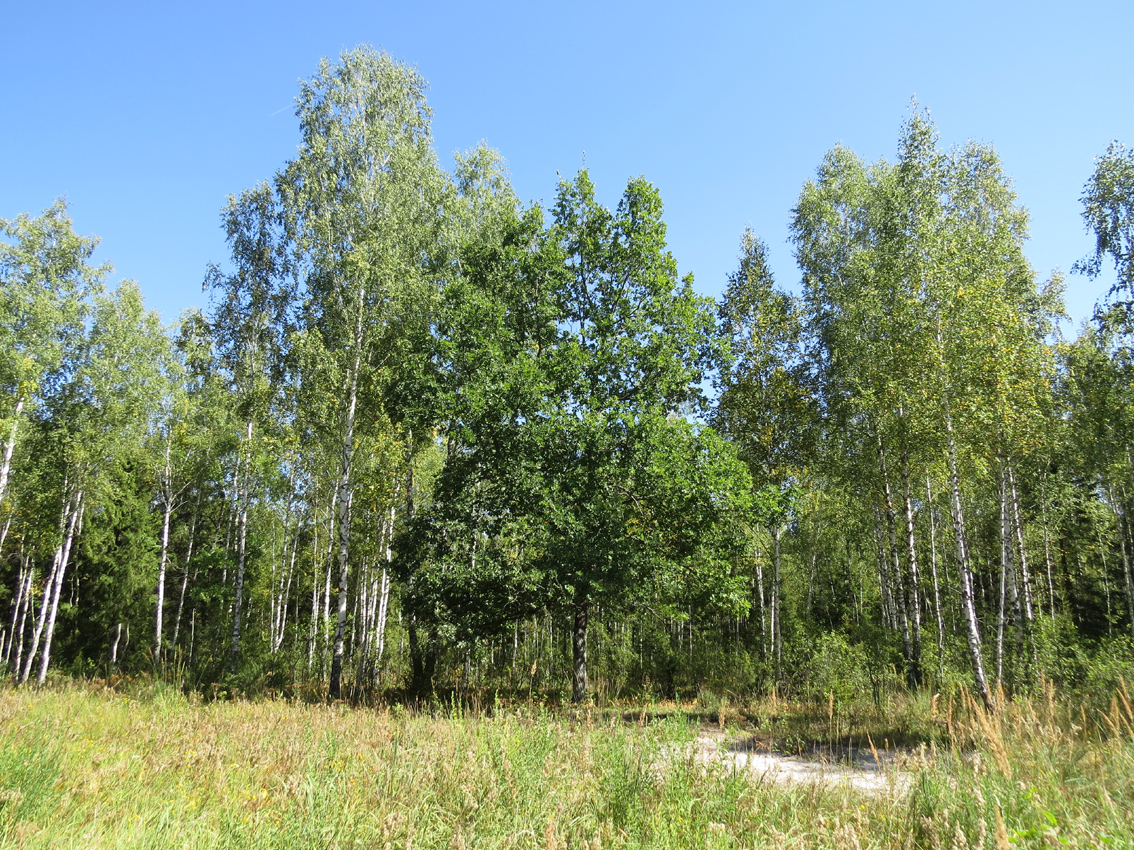
4. The dried clearing in the swampy forest
We mount SongMeters on trees in the forest clearings, because red deer stags prefer vocalizing at the forest edge.
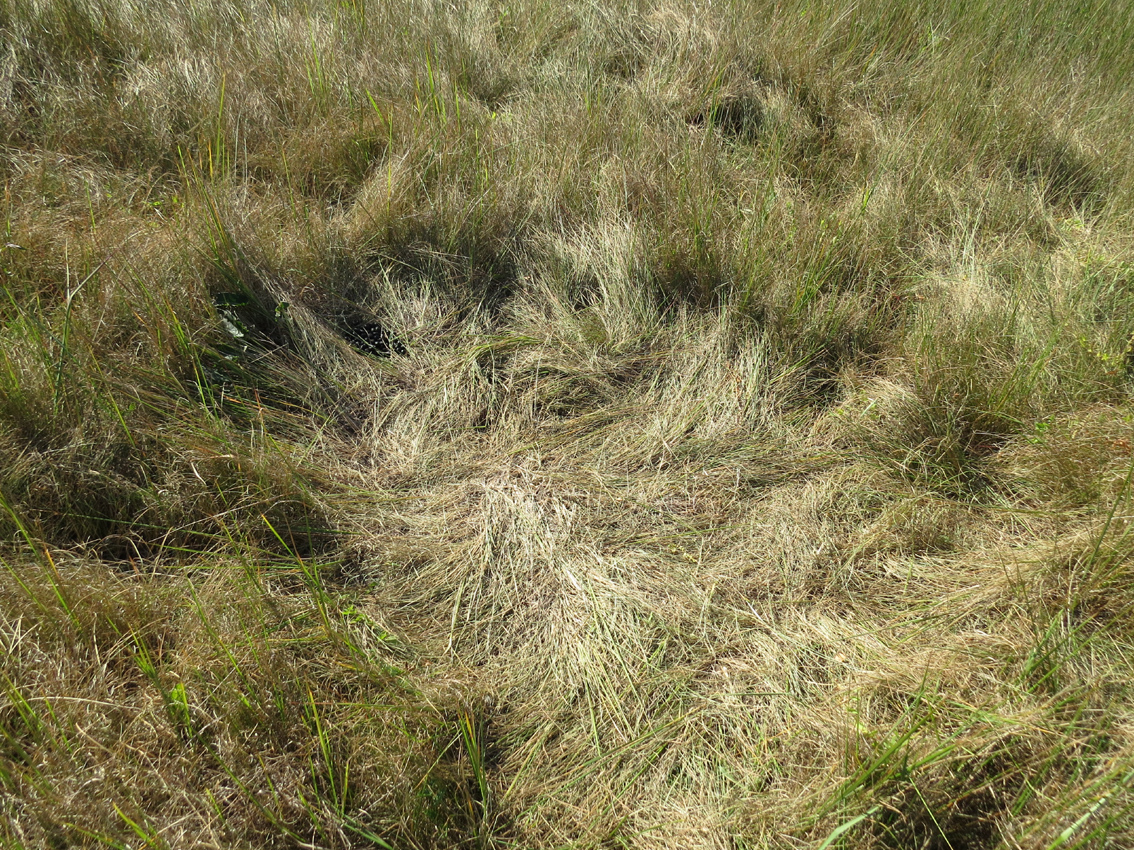
5. The European bison lying place at the forest clearing
Recently, the European bison were introduced into the "Bryansk Forest" Natural Reserve. There are a lot of moose here as well.

6. The photo-trap
Opposite to the SongMeter, Elena Sitnikova, the vice-director of the "Bryansk Forest" Natural Reserve for Science, is mounting the photo-trap. The pictures captured by the photo-trap, will enable us to identify the caller species, as calls of different ungulate species mother and young may be similar.

7. The stag captured by the photo-trap
This stag had been walking around the Song Meter for a few hours, and it left for the memory not only the photos, but calls as well.
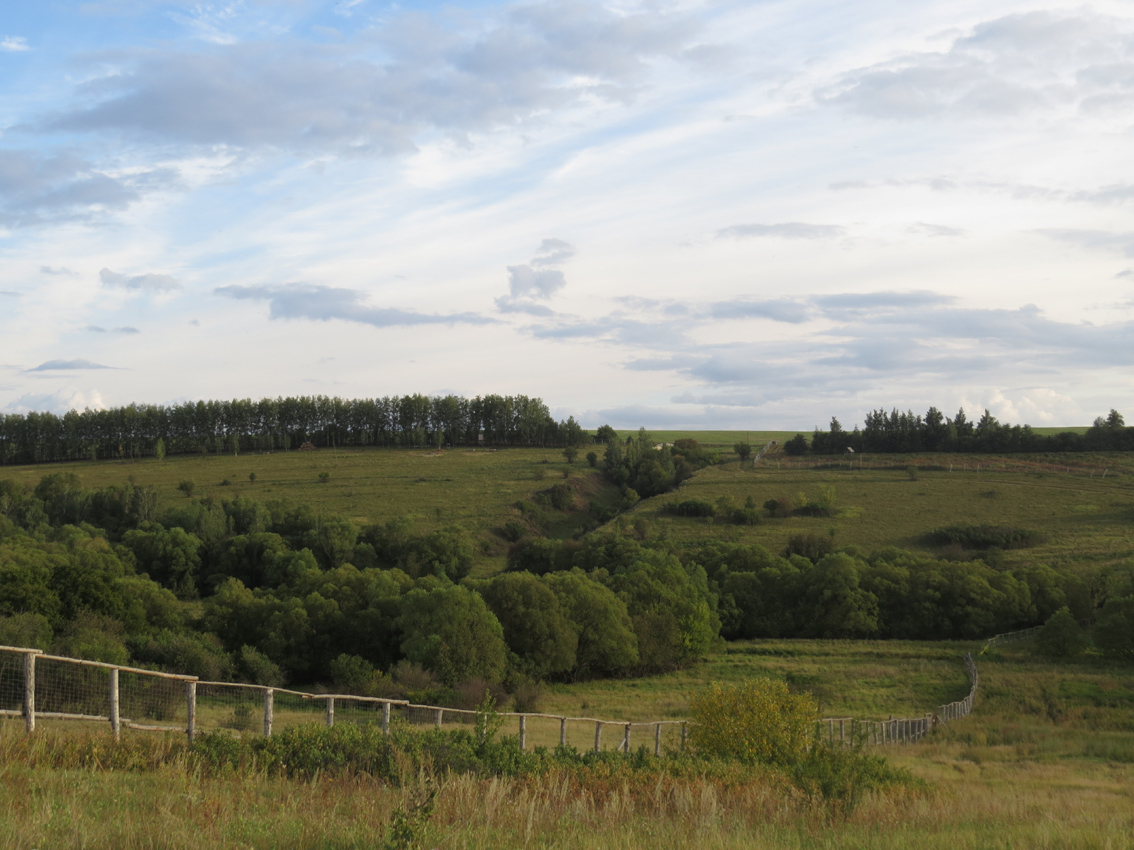
8. Red deer enclosure in the Natural Park “Oleniy”
Red deer of the Natural Park “Oleniy”, located in the Lipetsk Region of Russia, also originate from Voronezh. They are not free-ranging, but kept in the large enclosure with a small river Semenek leaking through it.
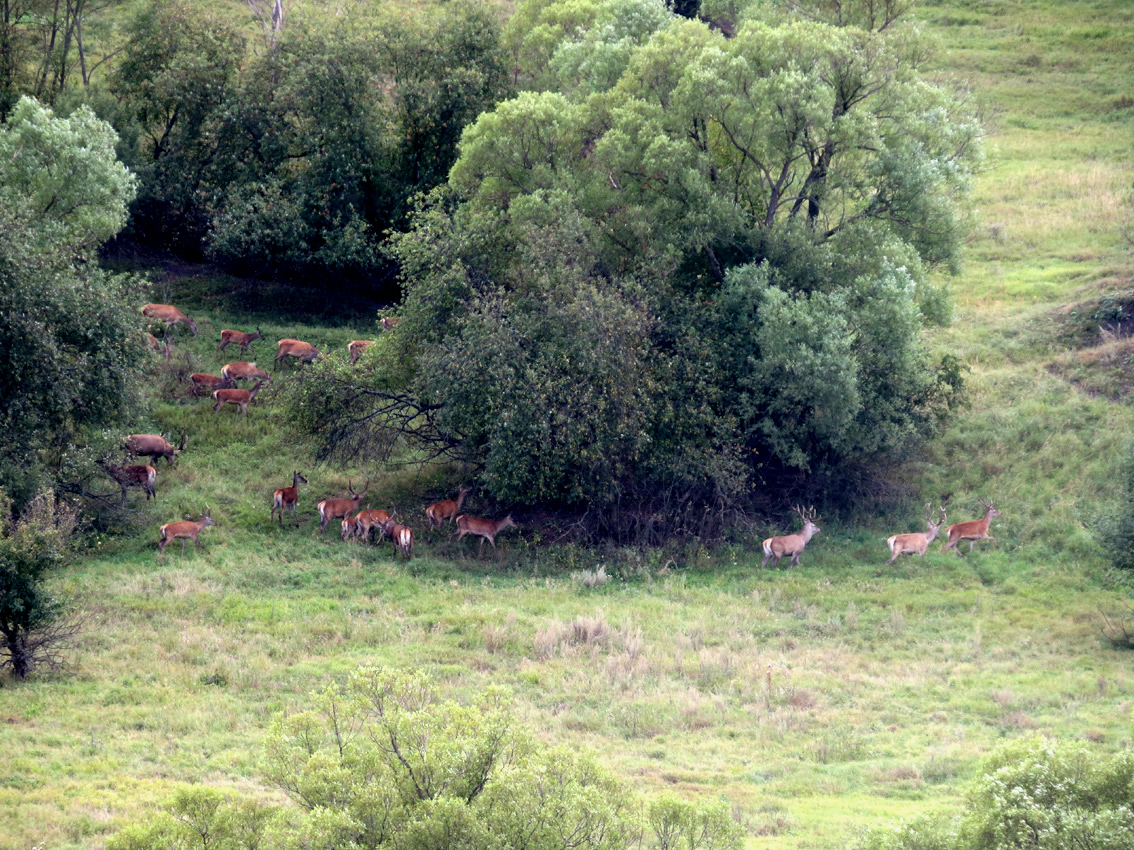
9. Red deer herd
During the day, the entire herd is hidden in the shadow of trees, growing along the river.
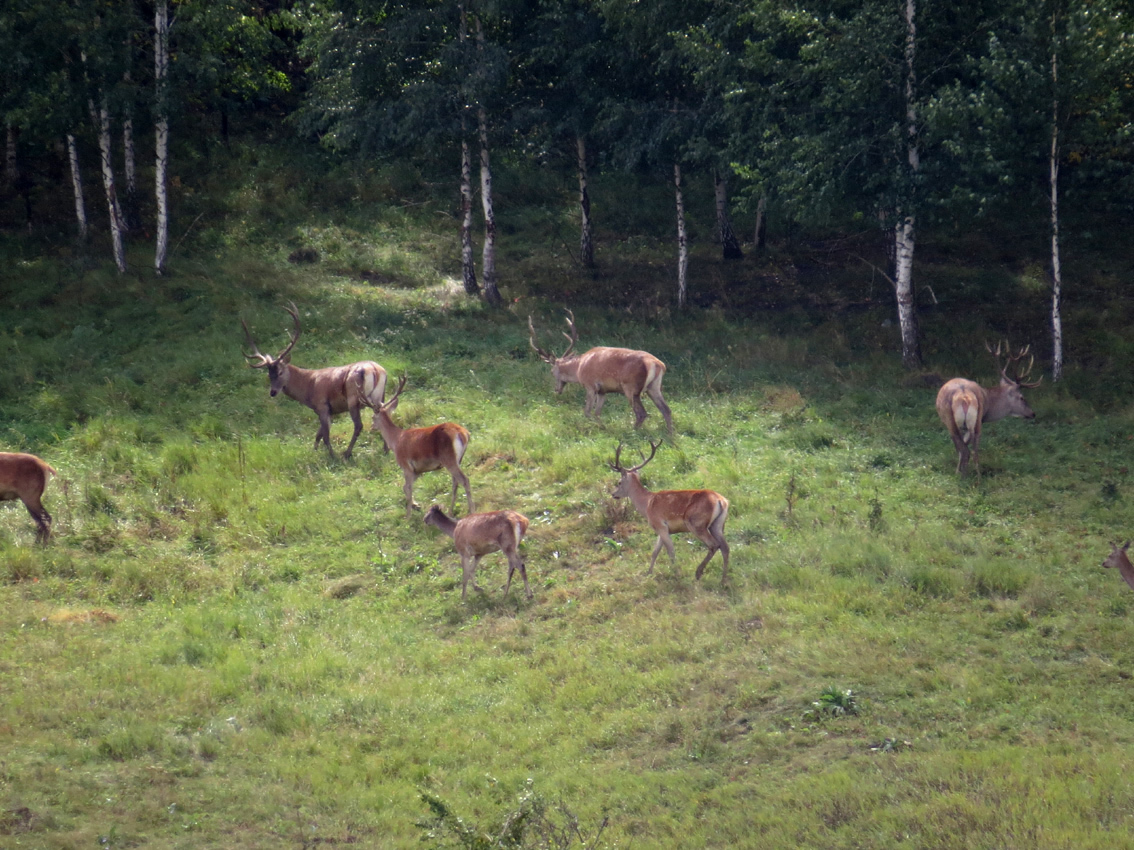
10. Stags
The rut is only starting and the stags still go altogether.
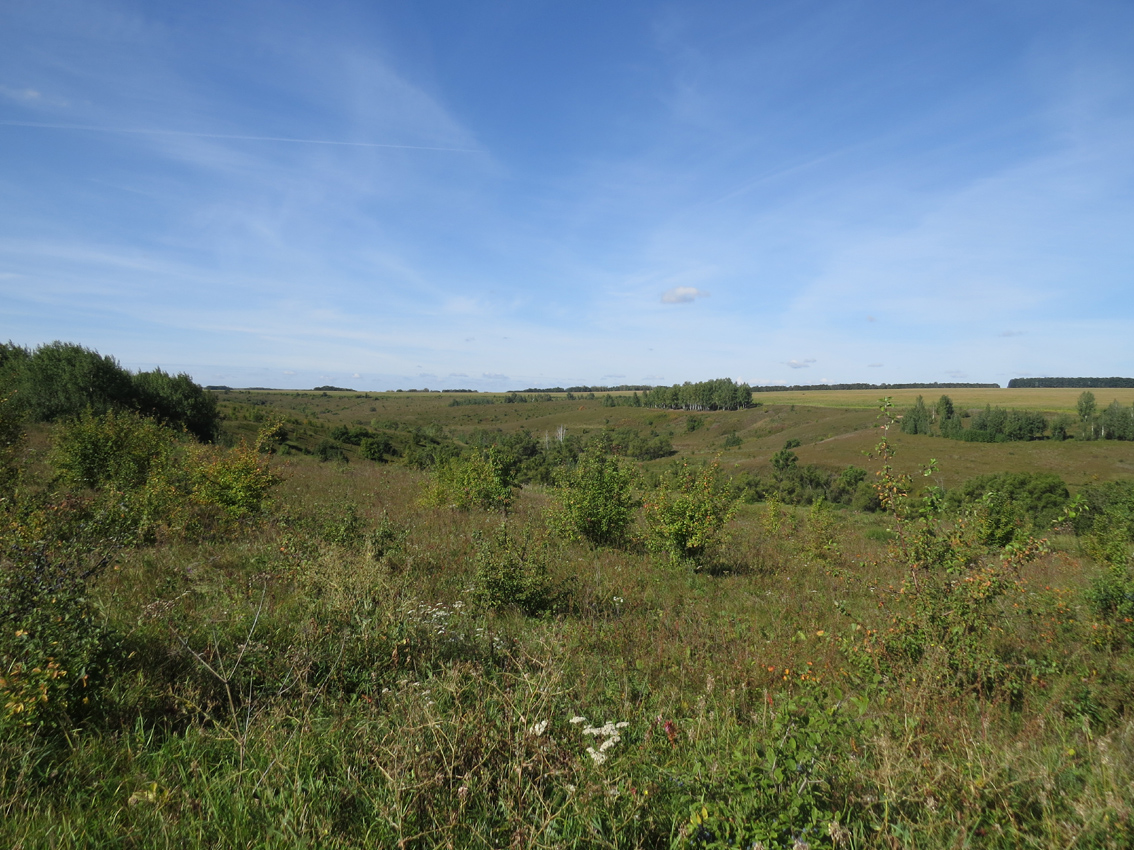
11. Surroundings of the Natural Park “Oleniy”
The Natural Park “Oleniy” is located in the forest-steppe zone, where the forest occurs only in deep ravines. This is the black-soiled zone, so all the fields are planted by agricultural plants.

12. The fields
The main agricultures are corns and sunflowers. Both are the favorite food for red deer.
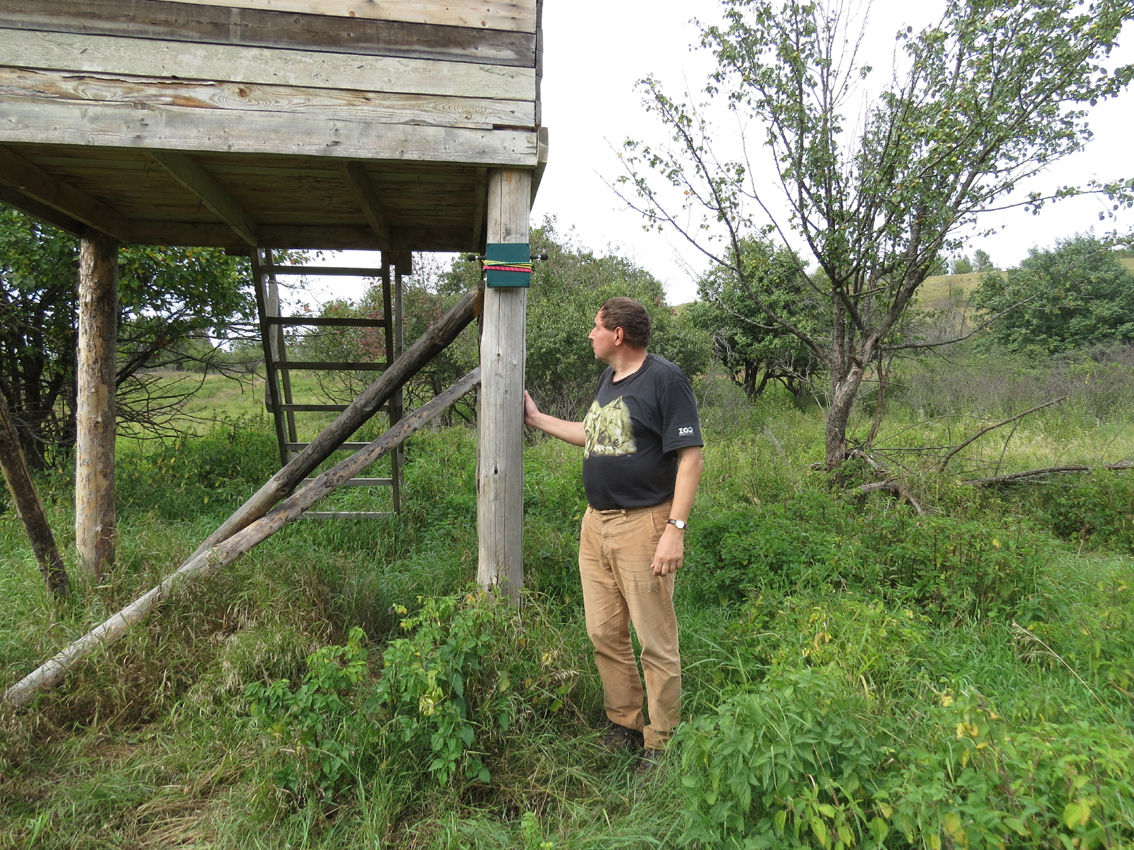
13. Establishing the SongMeter
We mounted the SongMeter on the observational tower in vicinity of the feeders. The deer will come to them obligatory. Indeed, later we found many calls captured by this SongMeter.
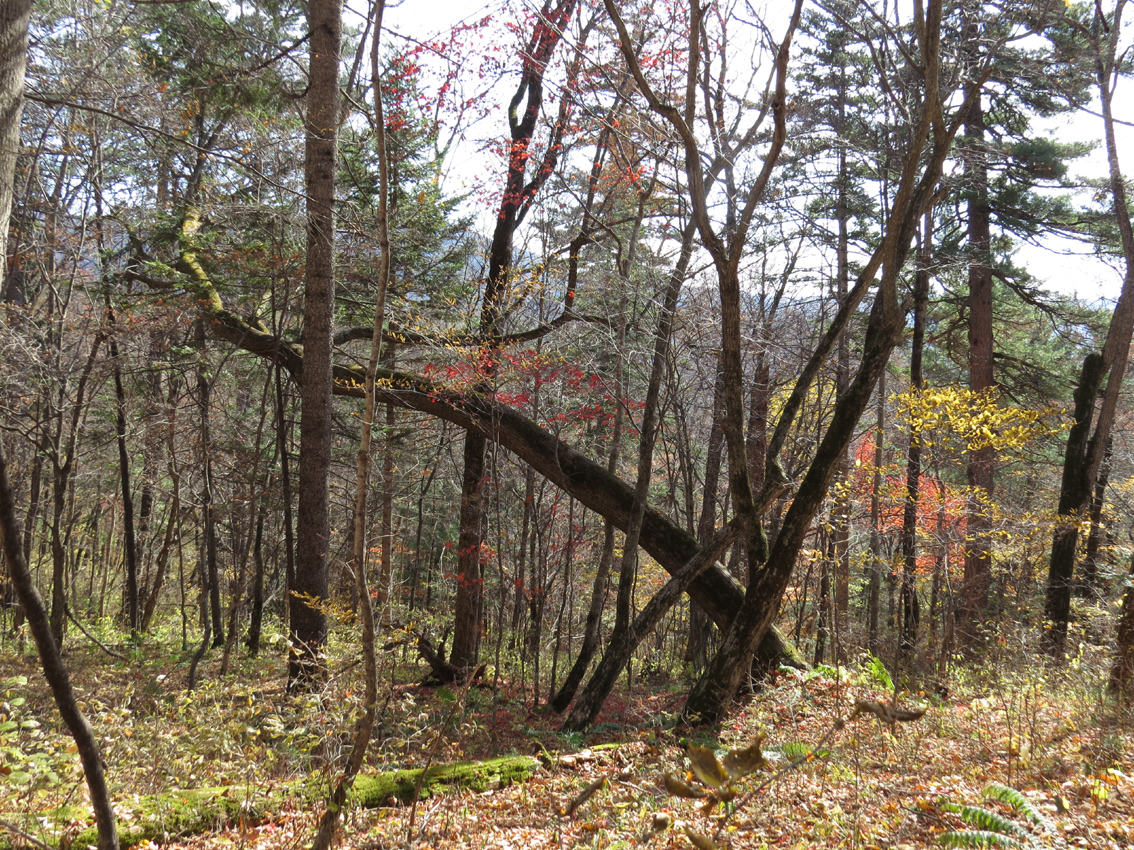
14. The Far-East forest
In the Natural Reserve Ussuriysky, the most eastern of the Russian Asian subspecies of red deer, the izubr occurs. The Russian Far-East forest is very dense, and the isubrs occur mostly on slopes of the hills descending to the rivers. These deer do not appear on the clearings, so seeing them is very difficult. With acoustic recordings, we should rely only on the SongMeters. The main task was to collect the acoustic recordings of the uzubr rutting calls, for their further detailed description in terms of the acoustic structures and comparison with calls of other Asian, European and American subspecies of red deer.

15. The best transport here is the quadrocycle with Jose Antonio Hernandez-Blanco
In the 2015, the SongMeters were mounted by Olga Sibiryakova, a PHD-student of Lomonosov Moscow University, in those places which showed to be perspective in the previous year. The Natural Reserve Ussuriysky is those reserve, where the scientists from the Moscow Institute of Problems of Ecology and Evolution investigate also the tigers.

16. The tiger tracks
The tiger tracks cannot be confused with any tracks, as they are round, small plate-size, and have prints of the four tiger fingers on their sides. A tiger can pass in the 20 m distance from you unnoticed, and you will acknowledge this only by its tracks.
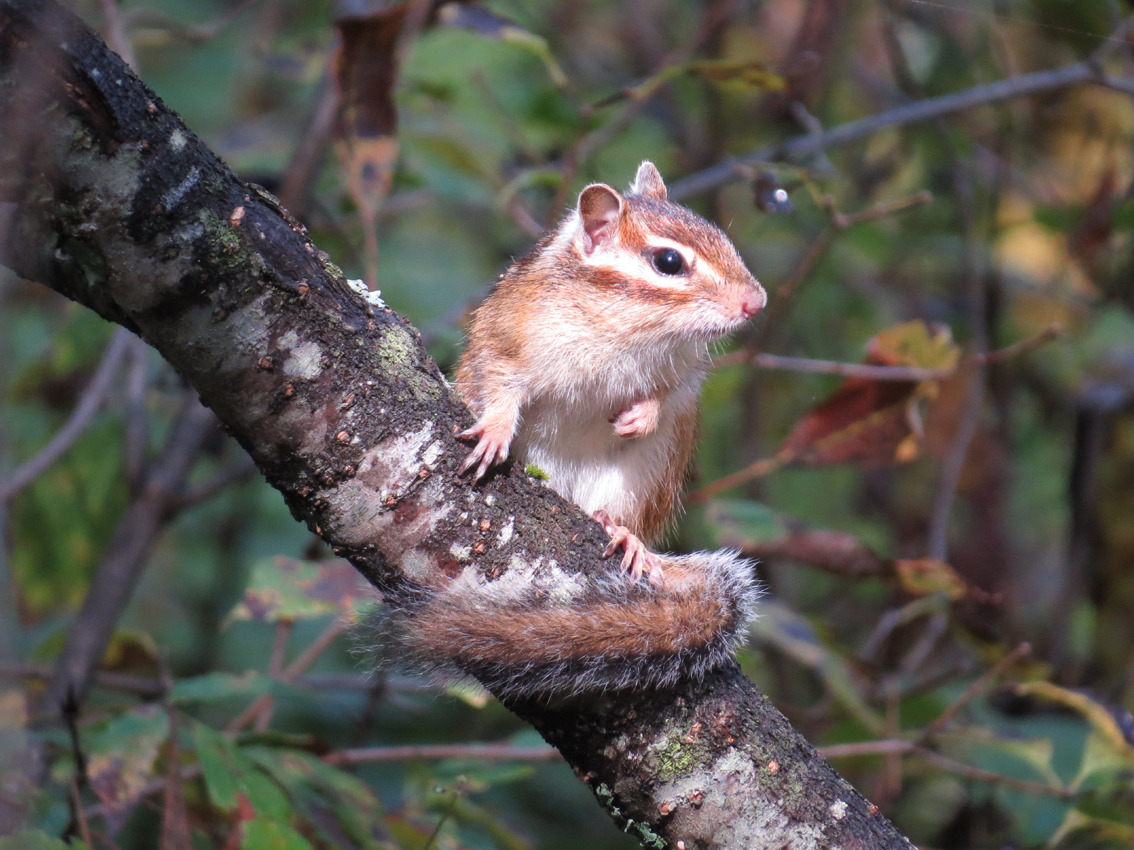
17. The chipmunk
Whereas the tigers left only tracks, the chipmunks demonstrated themselves permanently, posing for the photos.

18. The Asiatic toad
Distinctive to frogs that jumping, the toads move walking. This is a very nice female Asiatic toad (Bufo gargarizans).
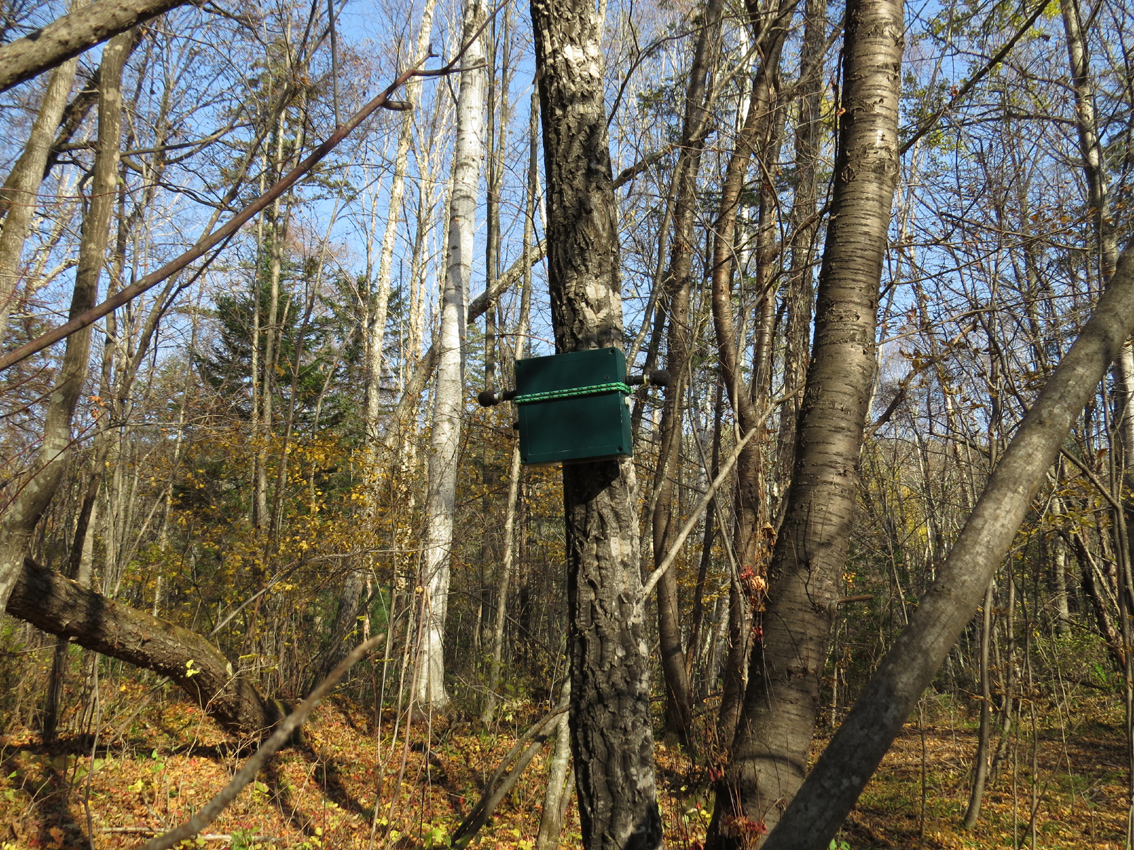
19. The SongMeter mounted on the Amur cork tree
In the Far-East forest, there are many species of tropical flora. This SongMeter is mounted on the Amur cork tree (Phellodendron amurense), the tree with very pleasant, soft and warm thick cork.
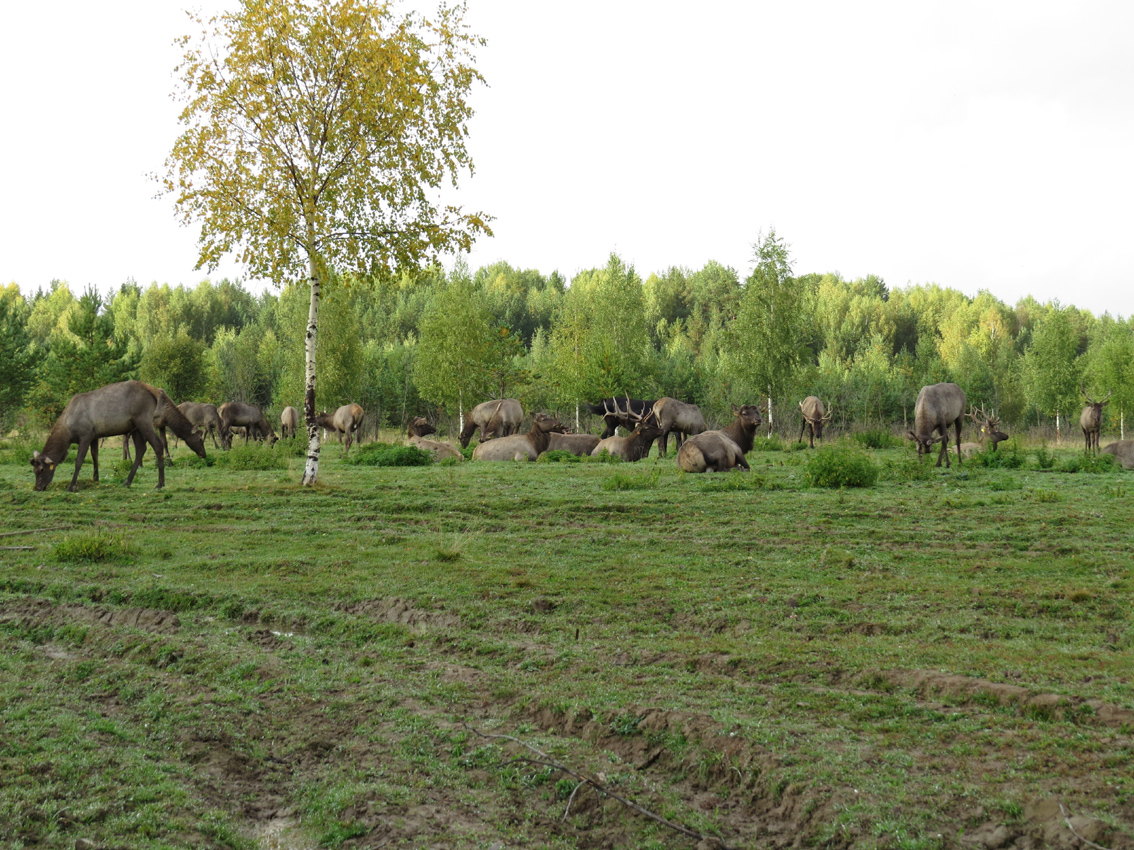
20. Male deer enclosure at the Kostroma Siberian red deer farm
At the Kostroma Siberian red deer farm, the Siberian subspecies of red deer (the marals) are kept and bred in two large enclosures. A few years ago, these animals arrived from three deer maral farms in the Altai Region (Russia).
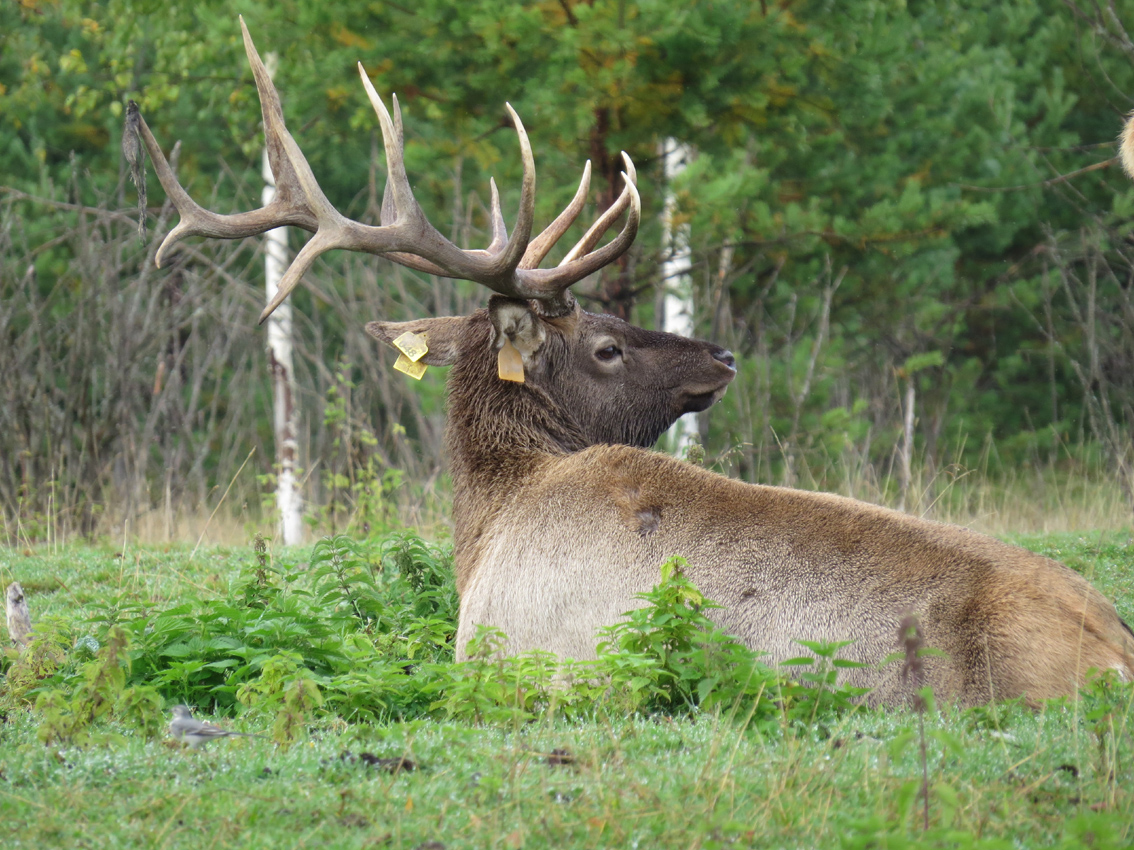
21. The adult male maral
Marals are bred primarily for their velvet antlers that contain many tonic and medical substances, used in Eastern medicine. So, velvet antlers of many stags were sawed out still in June, although some cunning individuals escaped and retained their antlers. Nevertheless, during the rut, the presence of antlers does not help the stag to obtain the superior status; good physical condition and self-confidence are also obligatory.
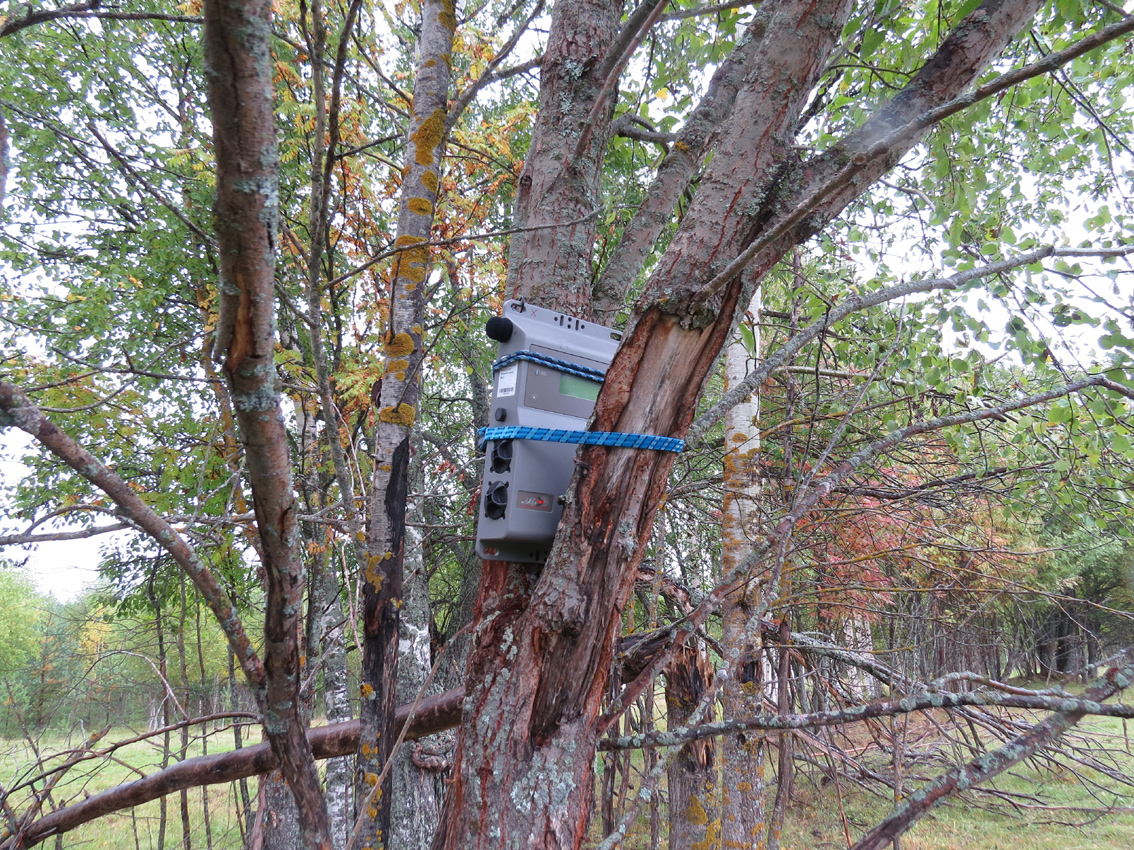
22. The new model SongMeter
We are mounting the new model SongMeter. They have the harder cower but weight the entire kilo heavier. This is becoming actual, when you are climbing a mountain with 3-4 units in the rucksack.

23. Hunting facilities of South Hungary
In South Hungary, we in collaboration with scientists from the University of Western Hungary record rutting calls of the Central European subspecies of red deer. This is the largest in size subspecies of red deer in Europe, with the largest antlers. These deer are also termed Pannonian red deer, by the Roman-time name of Hungary Pannonia. These places traditionally attract numerous deer and numerous hunters, aimed for the best trophies.
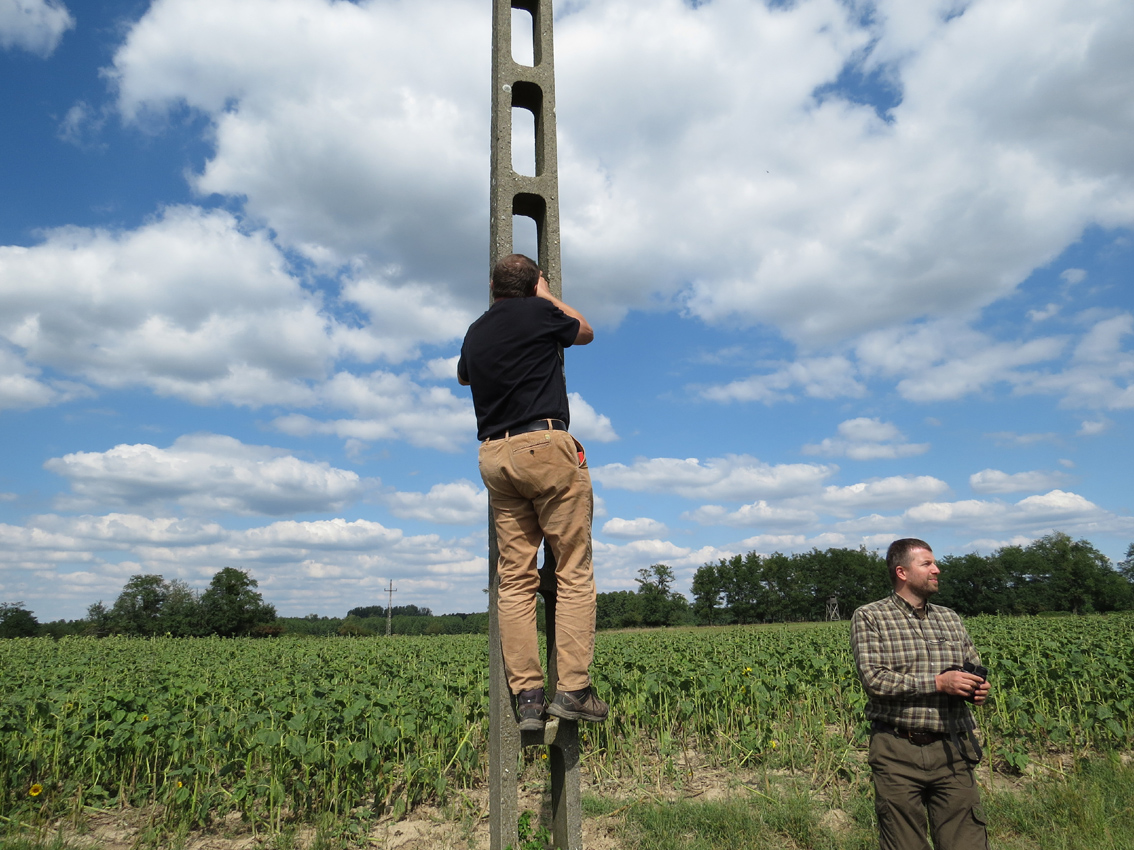
24. Establishing the SongMeter on the feeding field.
For attracting red deer to hunting facilities, there are fields with corns and sunflowers here. Deer eat all parts of the plants, starting from flowers and seeds in autumn and ending with thick stems in spring.

25. The hunting tower
The hunting towers are traditional for any hunting facility in Europe.
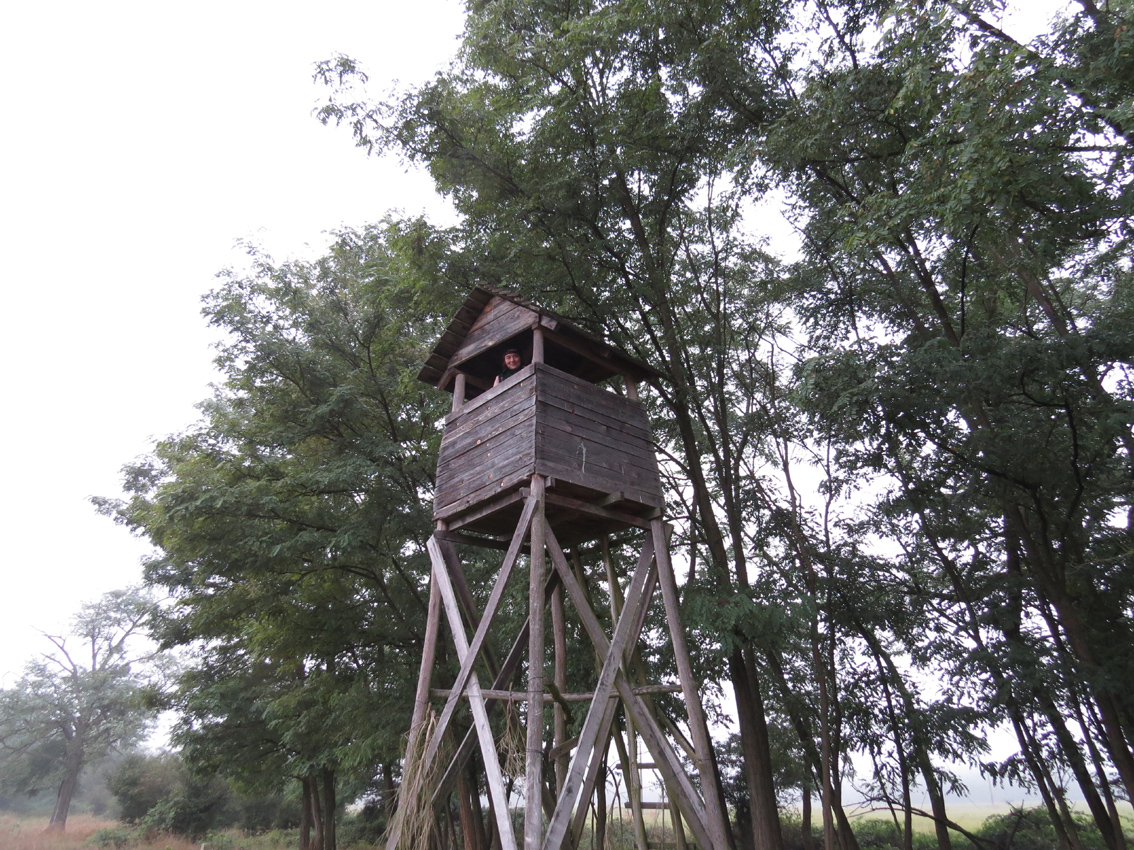
26. Observations red deer from the hunting tower
During the hunting season, the walking is prohibited, to not interfere hunters, not disturb animals, and to not risk to be confused with deer and be shot. So, for deer observations we use the same observation tower as do the hunters. e have only three days for recordings with hand-held microphones, and then the SongMeters will work during rest of the rut period.
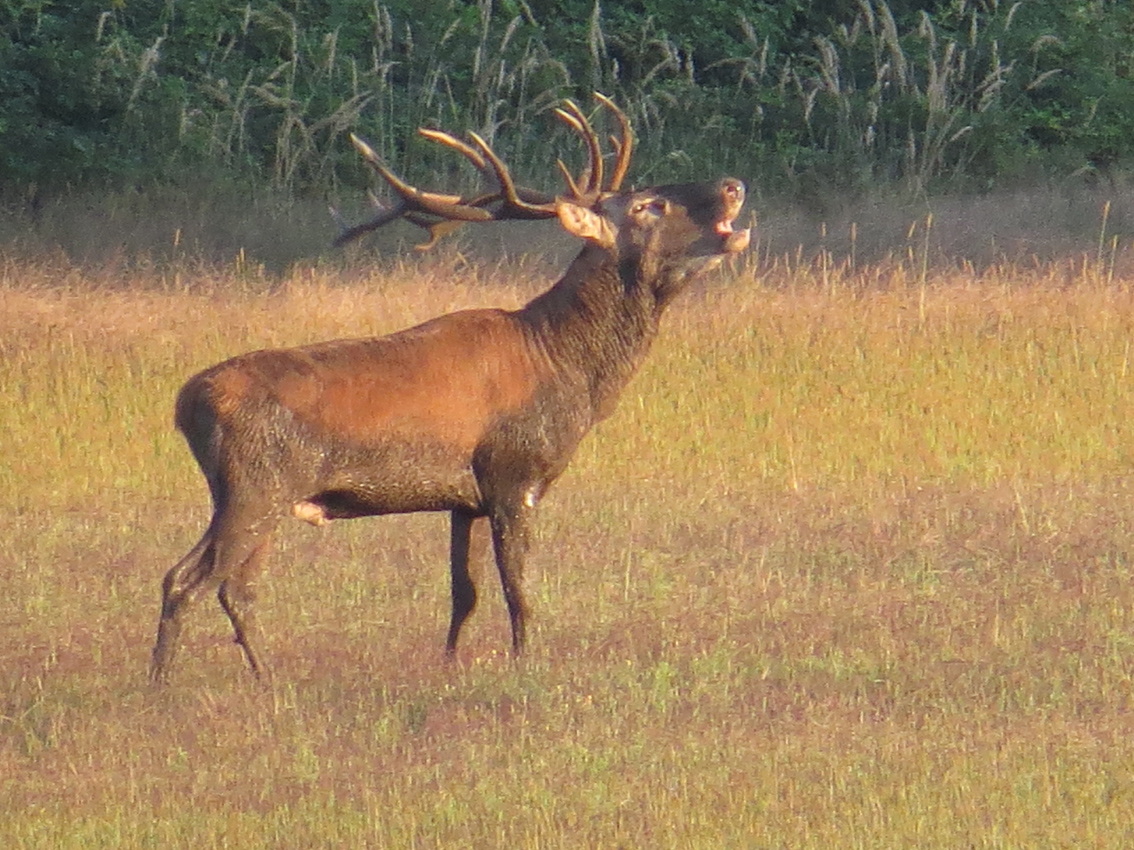
27. The roaring Pannonian red deer
The roaring Pannonian red deer is appearing in the morning fog.

28. The bathing in mud red deer
For cooling during the rut, stags often bath in mud.

29. Mounting the SongMeter high on the tree
We put in Hungary two SongMeters. One between the feeding fields, high over the earth, to avoid its damaging by people and animals.
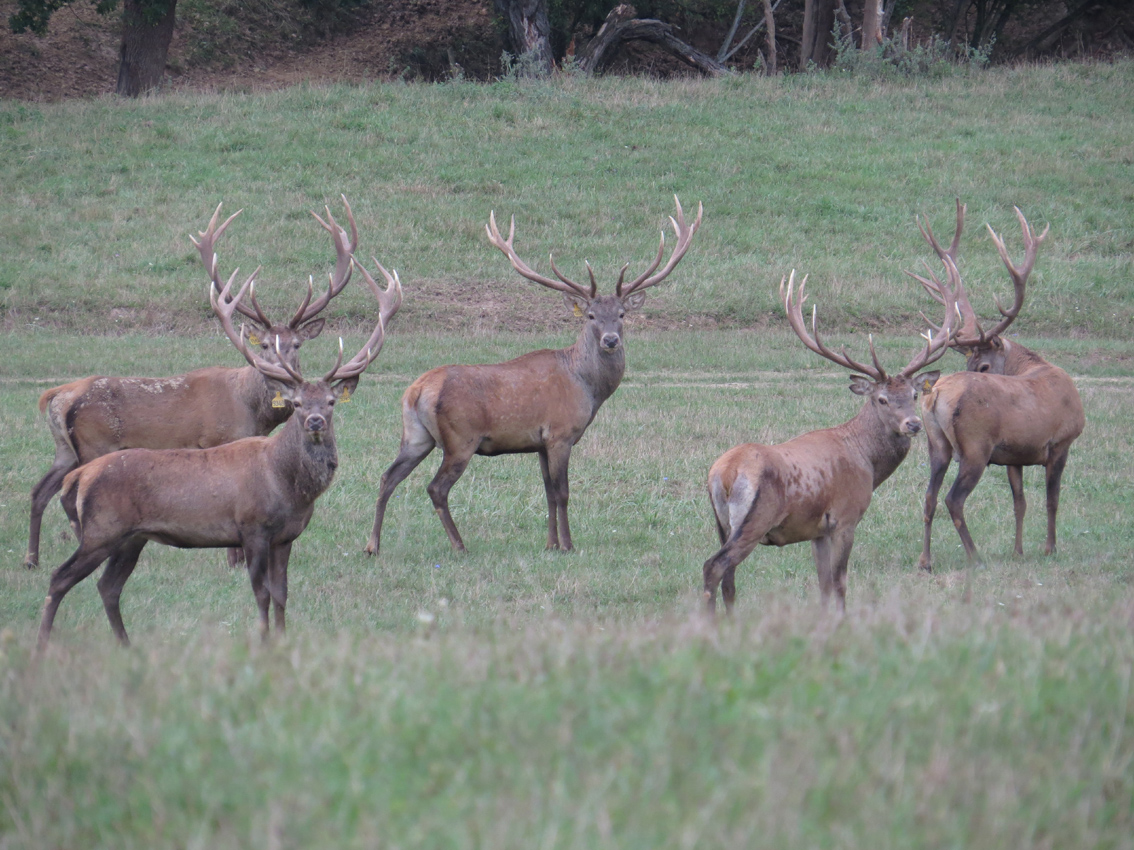
30. Stags of the university farm
The second SongMeter we put in the enclosure of the university deer farm, for recording the stags with large antlers. Both SongMeters captured numerous roars.
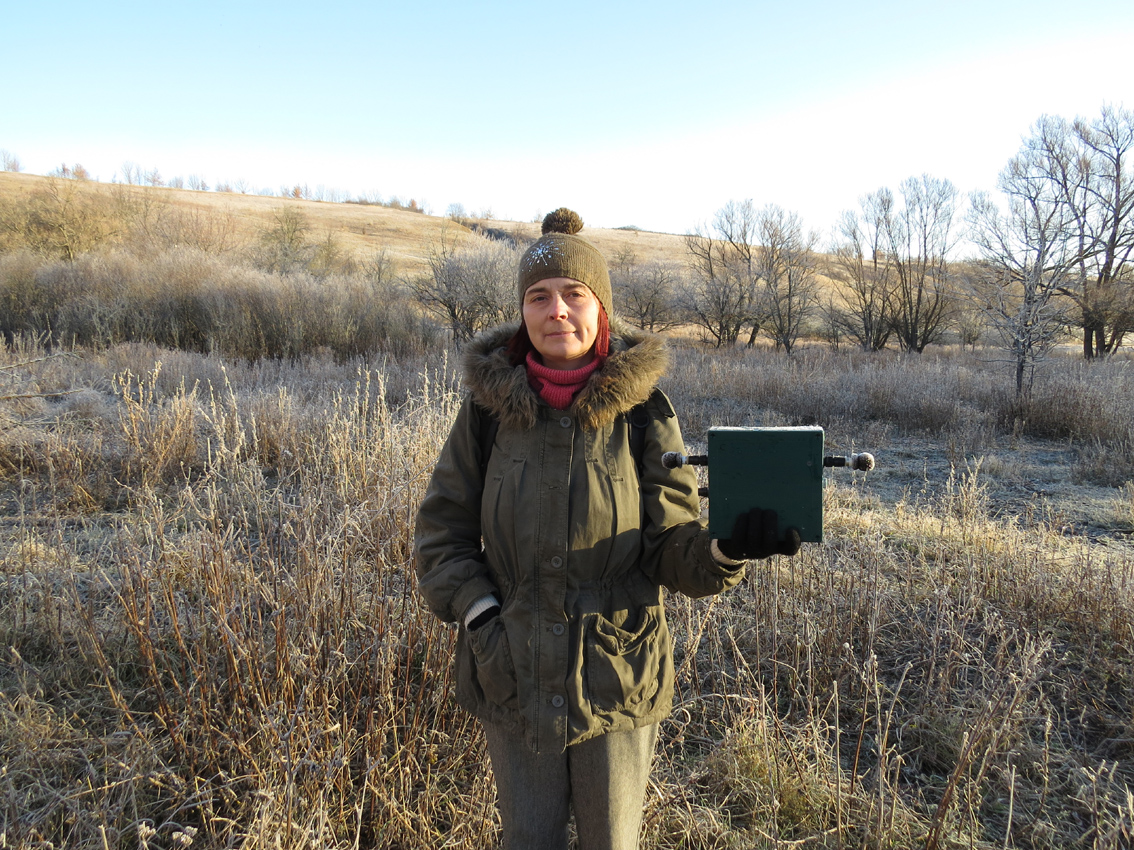
31. Taking off the SongMeters
To the middle of November, the rut period is completed and we collect the SongMeters for the further acoustic analyses of the captured calls.

32. The SongMeter under snow
The SongMeters worked under rain, snow and in fog and collected nearly 1500 hours od recordings of male deer rutting calls. This is more than two months of continuous sounds!
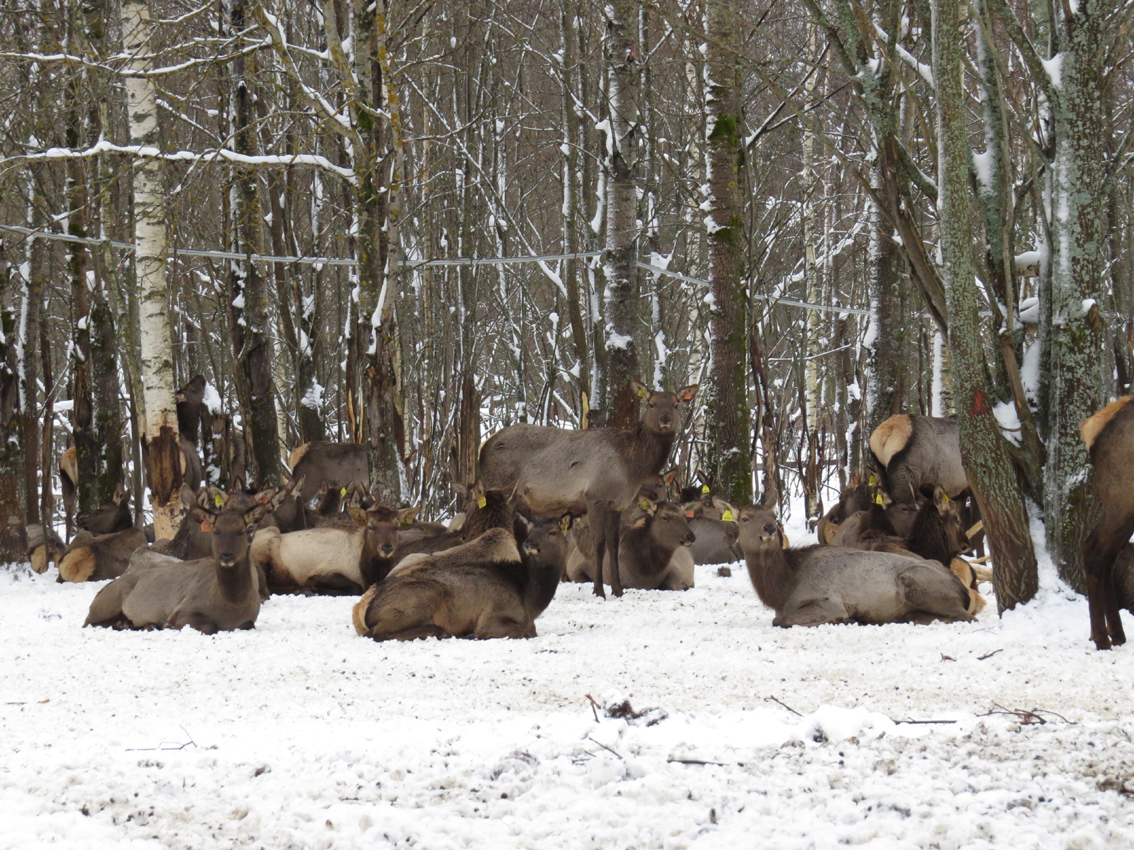
33. Marals in the winter forest
We leave marals to winter, and start to work with the recordings. Scientific results should be obtained before the next rutting season, in order to prepare scientific publications and to plan the further work.
|

